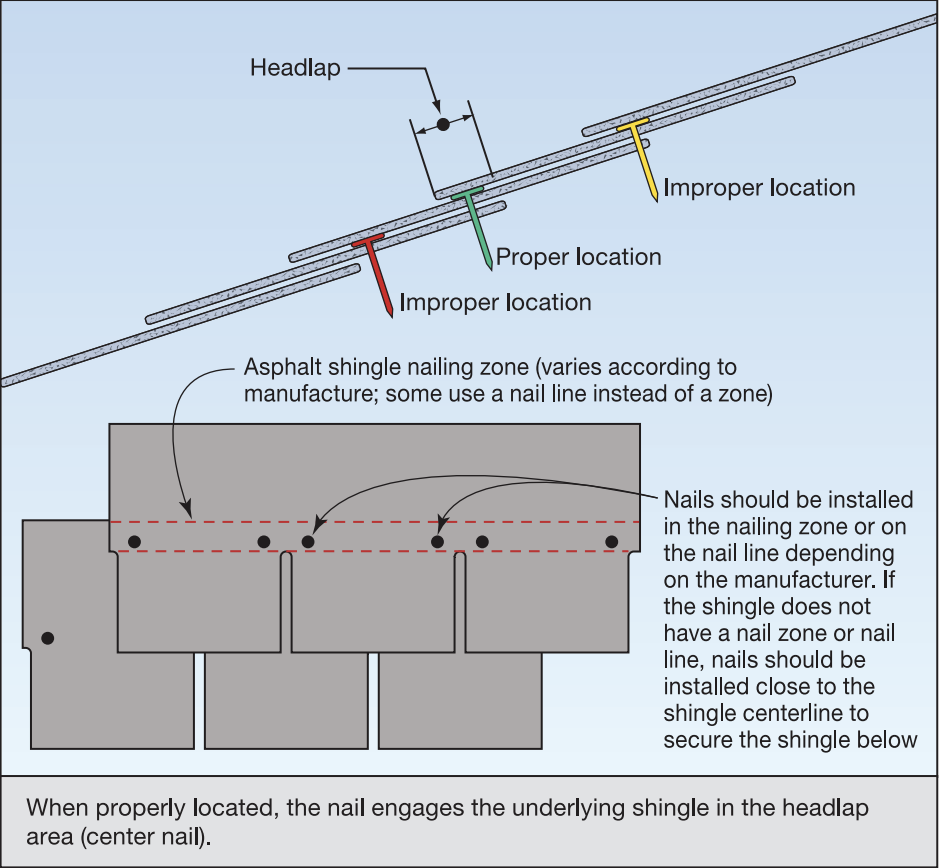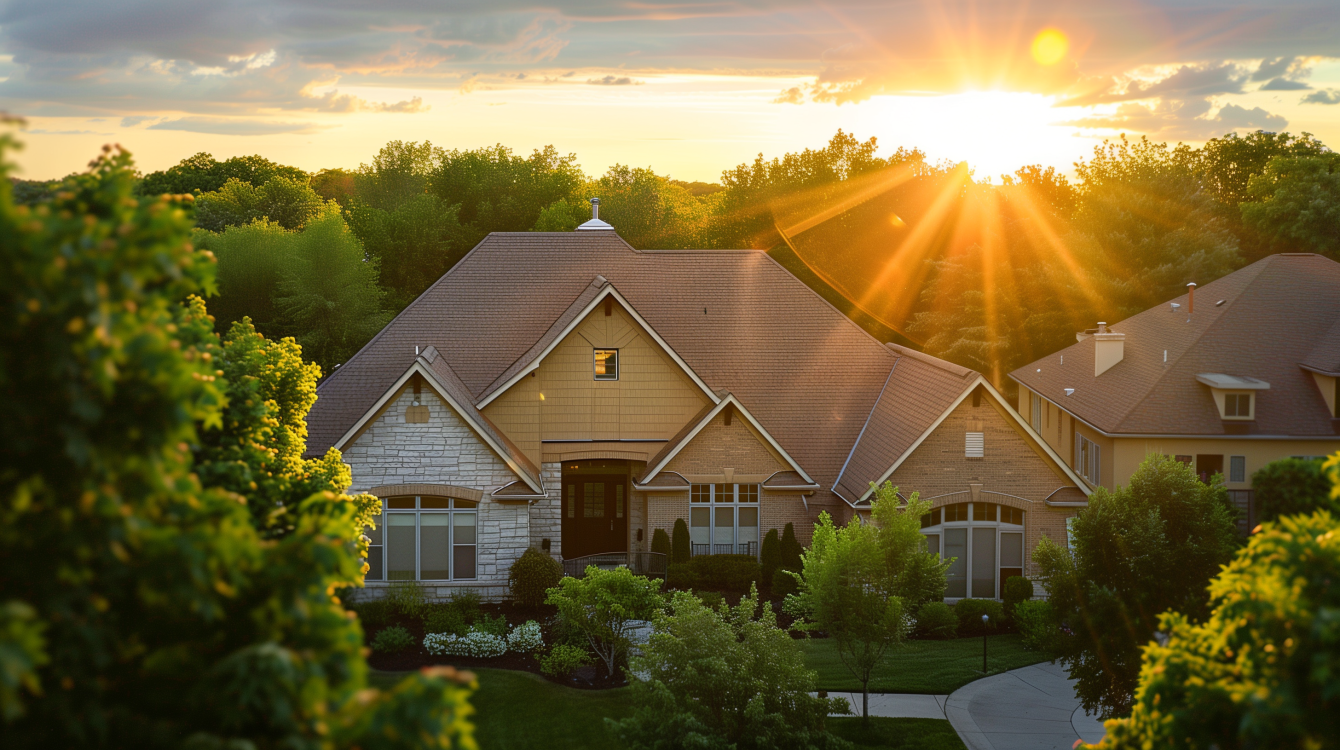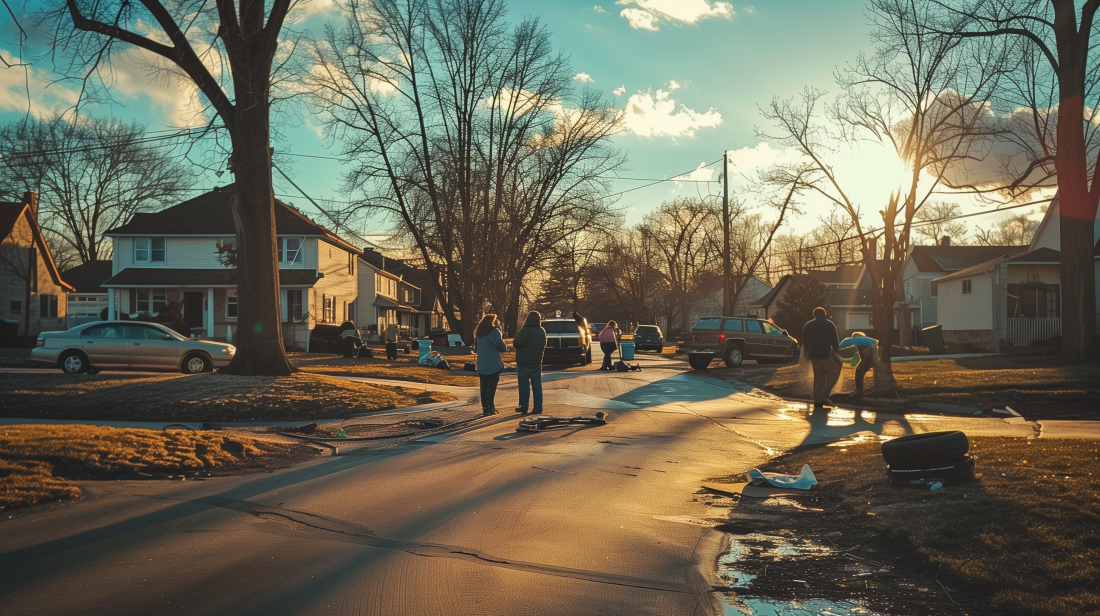In this article, we will discuss best practices and recommendations based on existing resources from the Federal Emergency Management Agency (FEMA) Building Science, as well as insights gained from the Mitigation Assessment Team (MAT) after Hurricane Michael. Our goal is to help building owners, operators, design professionals, contractors, and municipal officials mitigate wind and water damage effectively.
Key Issues
- Widespread wind damage to envelope components (roof coverings, wall coverings, roof ventilation components, windows, and doors) resulted in extensive and costly water intrusion damage.
- Water infiltration can lead to saturated attic insulation, seepage into exterior and interior wall systems, damage to finishes, and the growth of algae and mold.
- Wind and water infiltration damage can cause significant operational impacts and prolonged loss or degradation of building usage.
- Accessing the most relevant guidance for reducing wind damage and water infiltration can be challenging due to the abundance of existing resources.
Roof Coverings, Underlayment, and Vents
To address wind-related roof damage and water infiltration, the following best practices are recommended:
Wind Resistance for Asphalt Shingles:
- Verify that asphalt shingles comply with ASTM D7158 and have the required classification for the design wind speed.
- Follow proper installation guidelines for asphalt shingles, paying close attention to fastener location and using enhanced flashing techniques.
- Refer to FEMA P-55 (2011) and specific recovery advisories for detailed instructions.
Ridge Vents and Off-Ridge Vents:
- Ensure that ridge vents are tested for wind and wind-driven rain resistance.
- Properly attach roof ventilation products, using sufficient-length fasteners and following installation guidelines provided by FEMA and technical fact sheets.
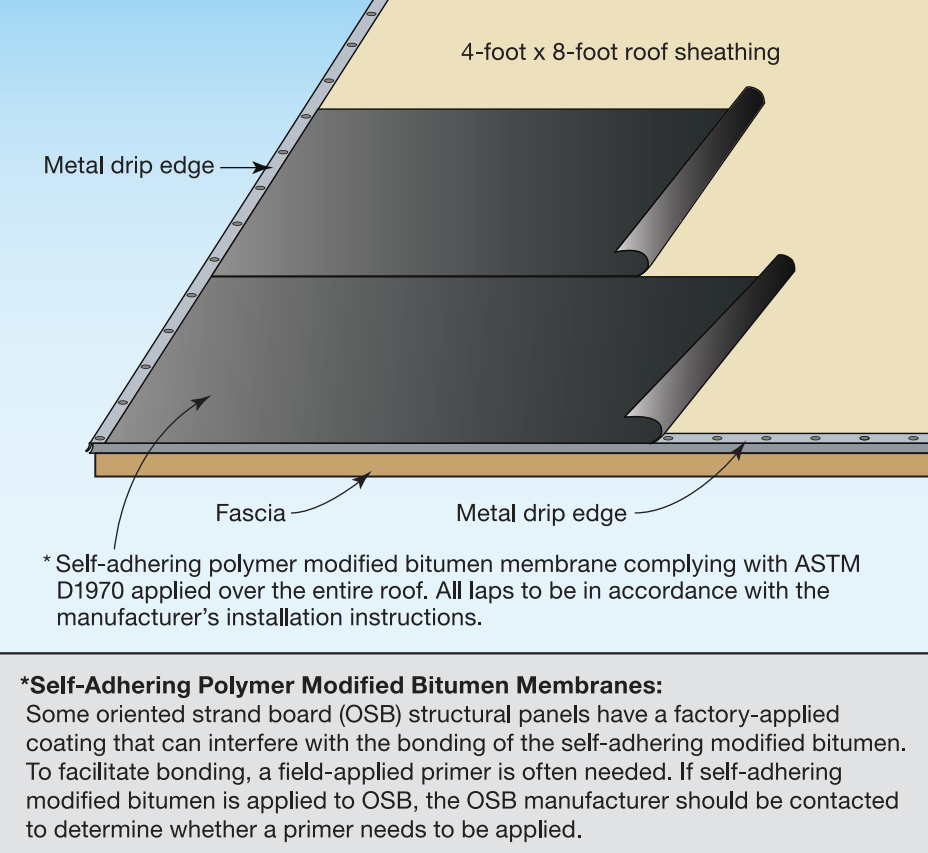
Water Infiltration:
- Implement a secondary roof sealing strategy using underlayment products to reduce water infiltration when the primary roof covering is lost or damaged.
- Consider constructing a sealed roof deck as part of the FORTIFIED HomesTM program to enhance protection against water intrusion.
Exterior Wall Coverings
To prevent water infiltration caused by exterior wall covering damage, the following measures are recommended:
Wind Resistance for Vinyl Siding:
- Use vinyl siding that complies with the 2017 edition of ASTM D3679 and has the required design wind pressure rating.
- Follow recommended installation methods provided by VSI and FEMA resources.
Soffits
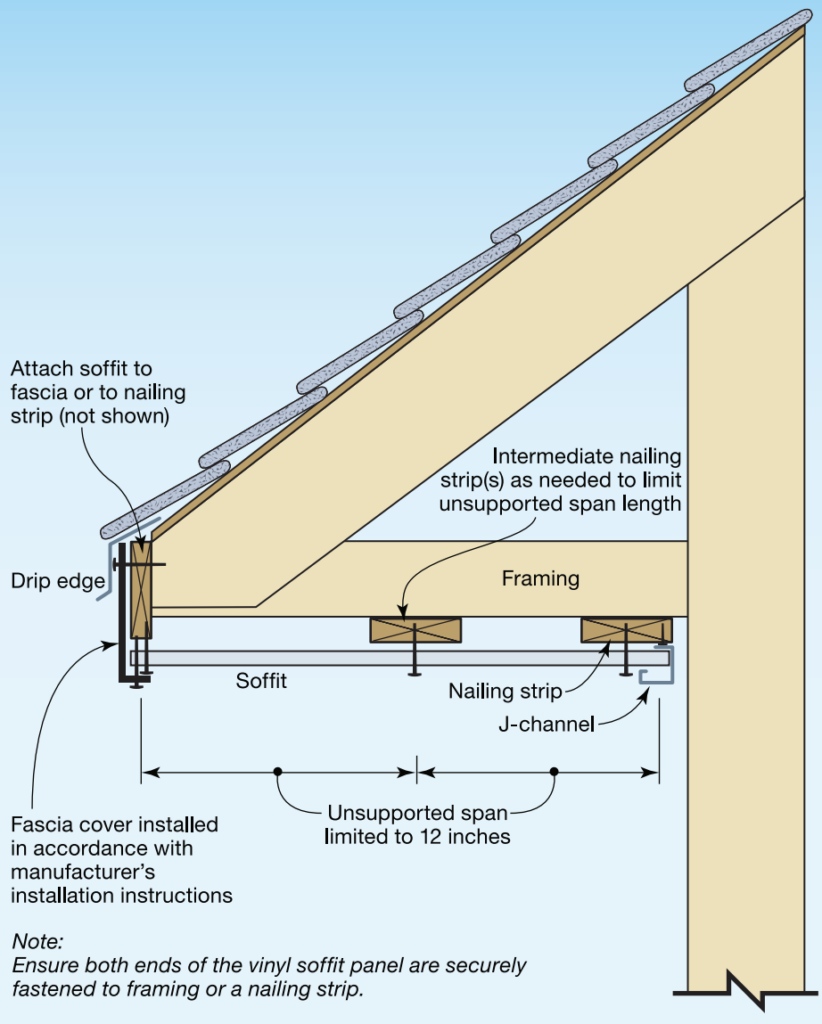
To improve wind performance and prevent water intrusion through soffits, consider the following practices:
Design and Testing:
- Determine the required wind loads and use soffits designed or tested for compliance.
- Verify that soffit vents are tested for wind and wind-driven rain resistance.
Installation:
- Properly fasten soffit panels at the wall and fascia, following installation guidelines provided by FEMA.
Glazed Openings and Doors
To enhance wind resistance and protection against wind-borne debris, focus on the following recommendations:
Wind Resistance for Windows, Skylights, and Doors:
- Use tested, certified, and labeled products that comply with the applicable wind load standards.
- Ensure compliance with AAMA/WDMA/CSA 101/I.S.2/A440, ASTM E330, and ANSI/DASMA 108 for windows, skylights, and doors.
Protection from Wind-Borne Debris:
- Glazed openings in wind-borne debris regions must be impact-resistant or protected with impact-protective devices such as shutters.
- Follow code requirements and use recommended impact-resistant products installed correctly.
By implementing these best practices and recommendations, building owners, operators, design professionals, and contractors can significantly reduce wind and water infiltration damage to residential buildings. Stay informed and refer to the provided resources, such as FEMA publications and recovery advisories, to access additional guidance for specific issues commonly observed after storm events. Together, we can create more resilient and protected communities.
Visit our website at www.alliedemergencyservices.com or call us now at 1-800-792-0212 to learn more and take the necessary steps to minimize wind and water infiltration damage. Our team of experts is ready to assist you and provide the best solutions for your roofing, siding, and window needs. Don’t wait until it’s too late—contact Allied Emergency Services today and ensure the safety and resilience of your residential building
Hashtags: #WindDamageMitigation #WaterInfiltrationPrevention #ResidentialConstruction #BuildingSafety #RoofingStandards #ExteriorWallCoverings #GlazedOpeningsProtection #WindResistantMaterials #DisasterMitigation #BuildingResilience






